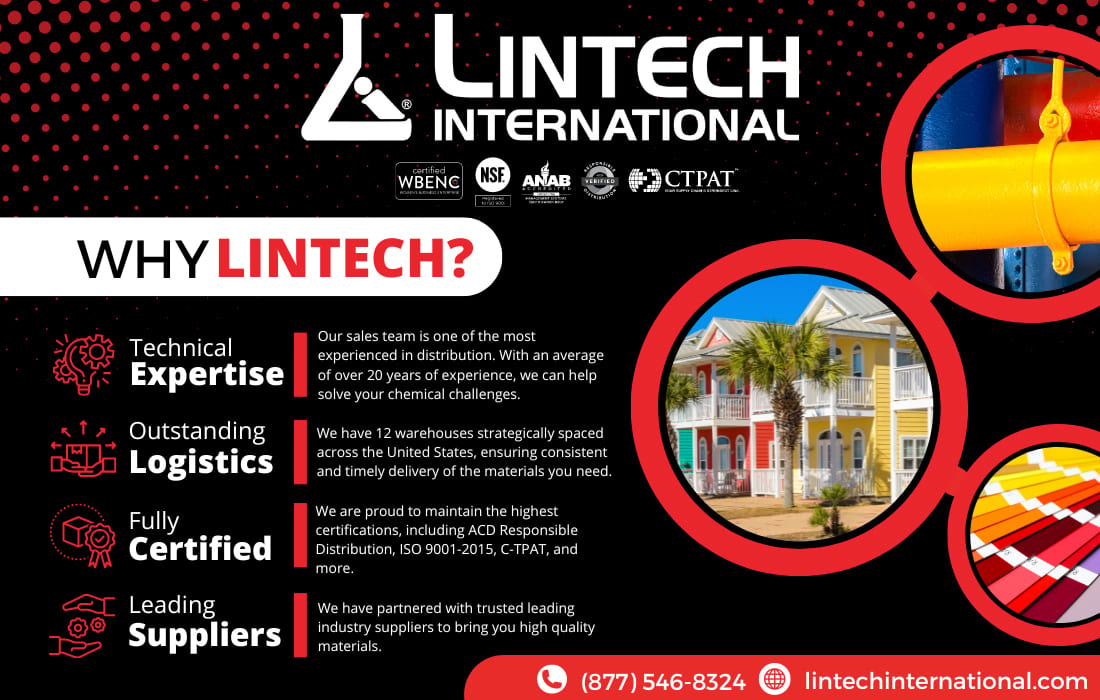TiO2 INSIDER
Tariffs, and a More-Dovish U.S. Federal Reserve
Video credit: Aleksei Bezrukov, Creatas Video+, via Getty Images
By Gerald Colamarino, Managing Director, TiPMC Solutions
The first half of 2024 saw some recovery in terms of TiO2 demand. Asia showed signs of stronger underlying demand, with APEC sales increasing over 10% vs. 2023. Sales growth in Europe and the Americas were only slightly lower, bolstered by restocking in the part of consumers. Leading indicators such as U.S. existing home sales are down almost 3% YTD, as compared to a very disappointing 2023. European economies remain weak, particularly within their housing and construction sectors. As a result, sales for the second half of 2024 are not forecast to continue the momentum.
ADVERTISEMENT
However, early indications are that the overall health of the industry should improve entering 2025. Interest rates, treasury bills, and subsequentially mortgage rates, are all expected to decline, helping fuel real estate markets across the world, but particularly in North America. Tariffs on Chinese titanium dioxide, resulting from an unprecedented anti-dumping claim, are set to go in effect ranging from a 35-39.7% duty on the expressed CIF border price. The impact of the tariffs is already beginning to be seen, as Chinese exports to Europe rapidly declined in June and July of 2024. The Eurasian Economic (EAEU) has also imposed anti-dumping duties up to 16.25%. Member states include Armenia, Belarus, Kazakhstan, Kyrgyzstan, and Russia, with Cuba, Moldova, and Uzbekistan as observer states. Decisions are expected on other anti-dumping cases in 2025, originating in large Chinese export destinations of India and Brazil. The implemented and proposed tariffs could impact about 600 kt of the 1650 kt exported by China in 2023, or about 36% of all Chinese exports.
FIGURE 1–ǀ–2023 and 2024: Chinese export volumes to Western and Eastern Europe.

Source: Global Trade Tracker
Multi-National Producers (MNPs) may not respond by simply grabbing share from the Chinese producers in these countries. Some evidence is noted in the 2Q 2024 results of key producers. Utilization rates among these producers were very variable, with key European producers reporting rates as high as 99%. Other MNPs are closely managing their cost and cash flow for the long term,preferring to maintain higher pricing and only opportunistically seeking clients in non-core regions and markets, ensuring they preserve their “value over volume” philosophy.
FIGURE 2–ǀ–Multi-National Producer (MNP) operating rates.


Source: Company 10Qs and TiPMC estimates.
What Does it Mean for TiO2 Consumers, and What Can Be Expected in the Future?
TiPMC believes Chinese “over-capacity” remains an issue, which may be further aggravated by tariffs. Until some form of consolidation occurs within the Chinese industry, low export prices from China will remain. Competition is expected to be fierce among Chinese exporters, particularly in APEC, where they hold the majority of share. Given costs have stabilized at a high level for producers outside of China, TiPMC expects these producers to pursue price increases over volume increases for the segments and regions where their products are preferred. Utilization is expected to increase more in 2025, reaching higher utilization. The push to fully utilize assests is expected to only happen when justified by demand certainty. Thus, the gap between MNPs and Chinese pricing is expected to grow.
For more insights into the TiO2 and Mineral Sands markets, visit TiPMCconsulting.com for more details. For more information about the impact price stabilization on the TiO2 industry, ask to see our latest issues.

